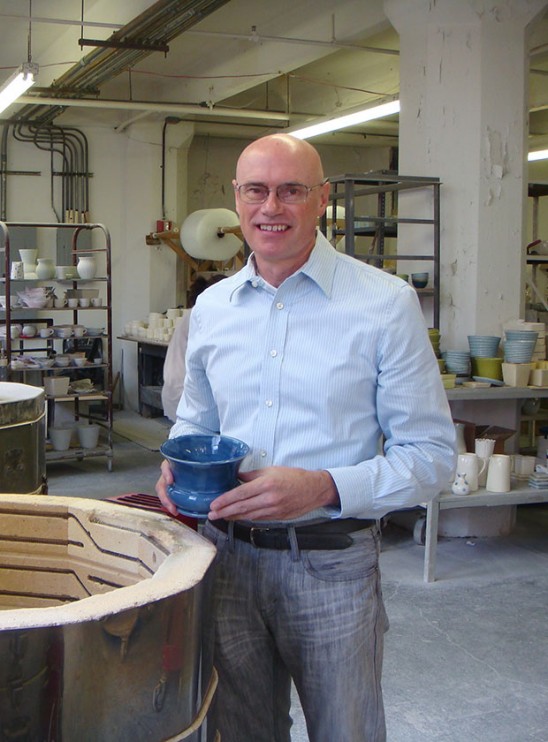 When Paul Brothe decided to leave his tech executive career behind for his deep-rooted love of ceramics, he took his ability to keep things simple and applied it to his clean, classic design aesthetic. From sleek, curved candleholders to all-in-one servers, Paul’s designs blend form and function with beautiful handmade craftsmanship.
When Paul Brothe decided to leave his tech executive career behind for his deep-rooted love of ceramics, he took his ability to keep things simple and applied it to his clean, classic design aesthetic. From sleek, curved candleholders to all-in-one servers, Paul’s designs blend form and function with beautiful handmade craftsmanship.
Paul’s first foray into ceramics was the crafting of a Mother’s Day present when he was six years old. “It was so exciting to me,” says Paul, “It seemed like a natural fit.” He got a job pouring molds at a ceramic factory when he was 13 and kept with it for five years, until it was time to head off into the real world and choose an occupation. Not quite keen on the idea of being a starving artist, Paul received a finance and business degree, often coming back to ceramics in his spare time. After a successful career in tech, Paul decided it was time for a leap of faith and started pursuing it full time.
For his designs, Paul simply looks to history. “We’re still making things that we made 3,000 years ago. We might decorate and market them differently, but the basic elements are the same.” Starting with a classic silhouette, Paul builds on his pieces using inspirations from museums and the world around him, careful not to compromise the original intent. “The seemingly simple are often very difficult, as there is nothing to hide behind, just a basic line, curve, or shape.” This reminder keeps him mindful with his designs, looking to iconic and organic inspiration rather than fads.
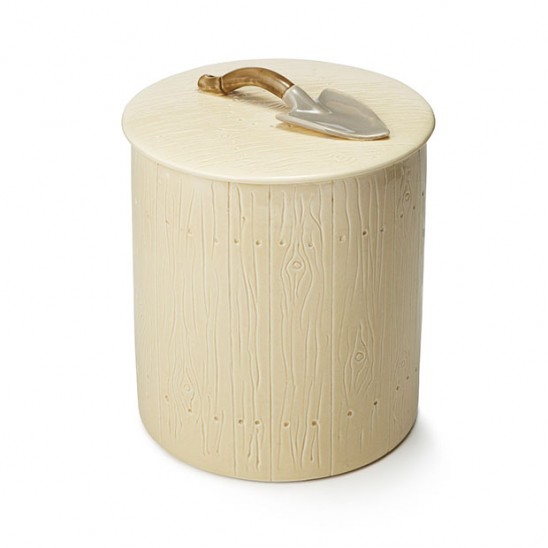 His sleek composter is a surprisingly chic example of this, its faux bois surface inspired by the tromp l’oeil effects used on pottery in the 19th century. The silhouette remains simple, but its adornments speak to the purpose of the piece. “I recycle everything,” says Paul, “I wanted to design something that spoke to the idea of why we compost.” A simple gardening spade handle completes the environmentally conscious display.
His sleek composter is a surprisingly chic example of this, its faux bois surface inspired by the tromp l’oeil effects used on pottery in the 19th century. The silhouette remains simple, but its adornments speak to the purpose of the piece. “I recycle everything,” says Paul, “I wanted to design something that spoke to the idea of why we compost.” A simple gardening spade handle completes the environmentally conscious display.
Energized by his new creative career, Paul continues to explore the medium with the same enthusiasm he felt when he made that first Mother’s Day gift. “Creativity is often trial and error,” says Paul, “Everything around me inspires me. When I am out on the weekend exploring my surroundings, I’ll see a building, a flower, or someone doing something that will inspire me with a new idea.”

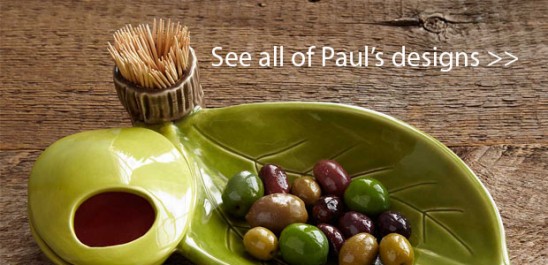
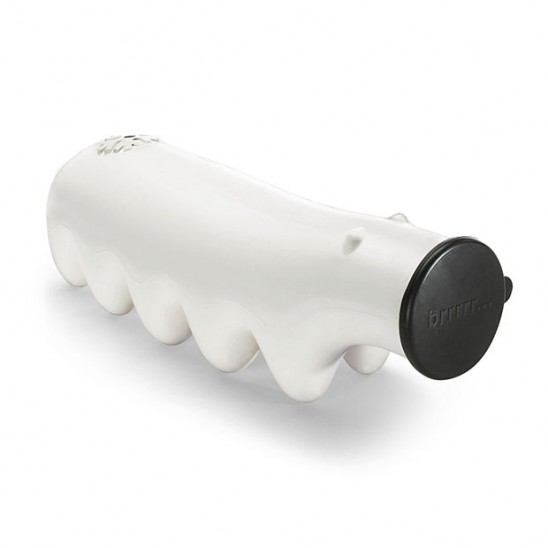
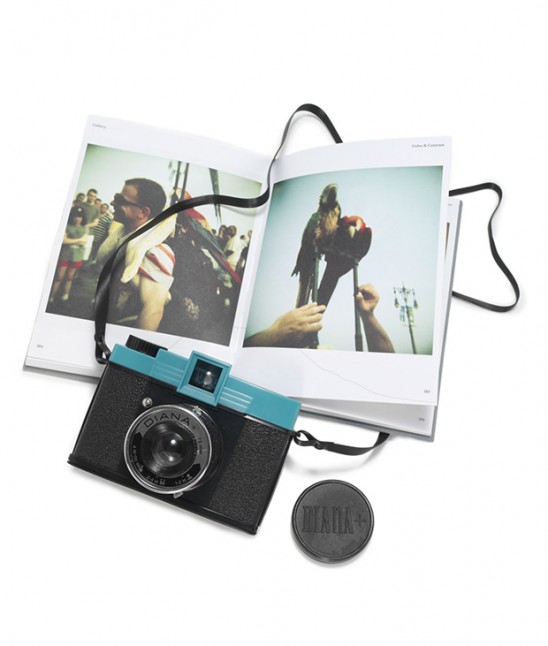
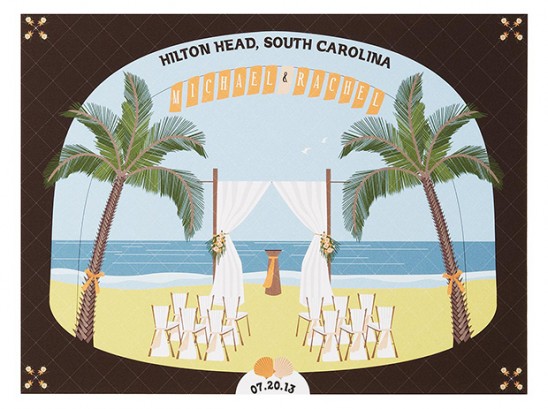
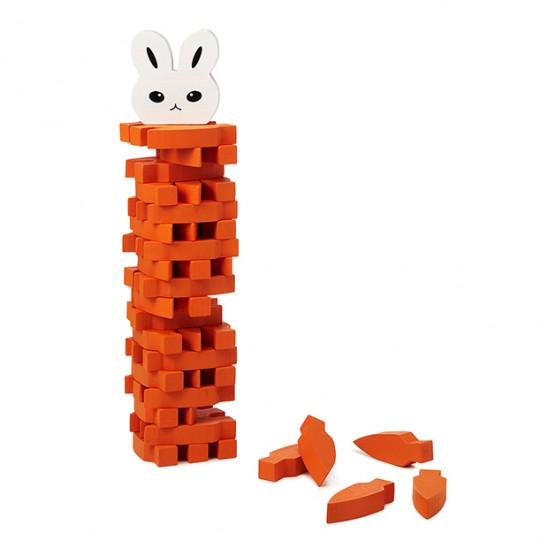
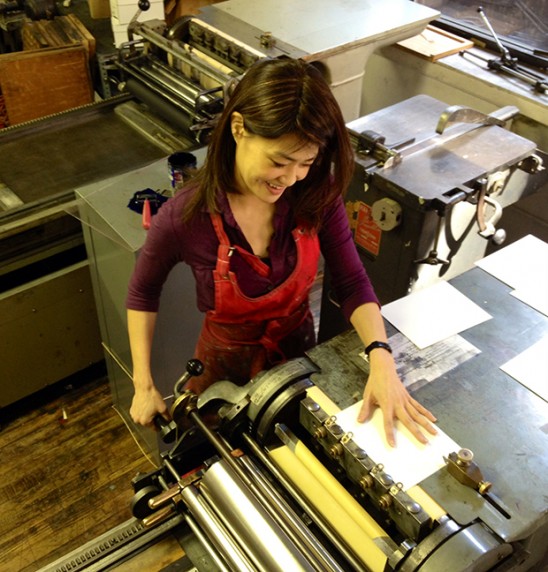 With a background in literature and painting, artist
With a background in literature and painting, artist 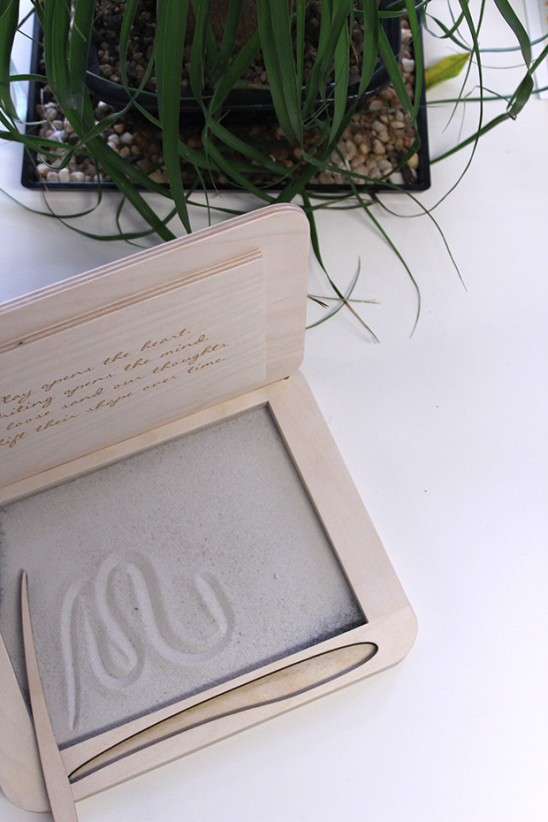 Recognizing the design’s versatility, Jayne also gifted it to a friend who lost a spouse. He uses the space to write what he would say to her if she were there. When Jayne apologized for the limited space, he pointed out that all the really important things one human needs to communicate to another can be offered in five words or less.
Recognizing the design’s versatility, Jayne also gifted it to a friend who lost a spouse. He uses the space to write what he would say to her if she were there. When Jayne apologized for the limited space, he pointed out that all the really important things one human needs to communicate to another can be offered in five words or less.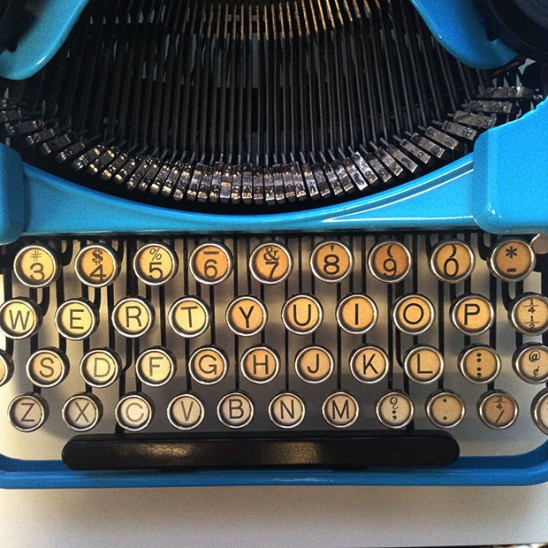 When I was first asked to write a blog post about writing about yourself, I got really excited because, like any 20 something year old girl who majored in writing, I’m pretty well versed in writing about myself/thinly veiling mortifying moments from my adolescence and calling it fiction.
When I was first asked to write a blog post about writing about yourself, I got really excited because, like any 20 something year old girl who majored in writing, I’m pretty well versed in writing about myself/thinly veiling mortifying moments from my adolescence and calling it fiction. When I tell people I’m a copywriter, their first question is whether I’m anything like Peggy Olson and if the world of Mad Men is alive and well. I tell them that while I do love a well-made Manhattan and I can see the Chrysler Building from my desk at night, my duties are much more akin to Elaine’s in Seinfeld. I’m given unusual, intriguing products and I describe them.
When I tell people I’m a copywriter, their first question is whether I’m anything like Peggy Olson and if the world of Mad Men is alive and well. I tell them that while I do love a well-made Manhattan and I can see the Chrysler Building from my desk at night, my duties are much more akin to Elaine’s in Seinfeld. I’m given unusual, intriguing products and I describe them.